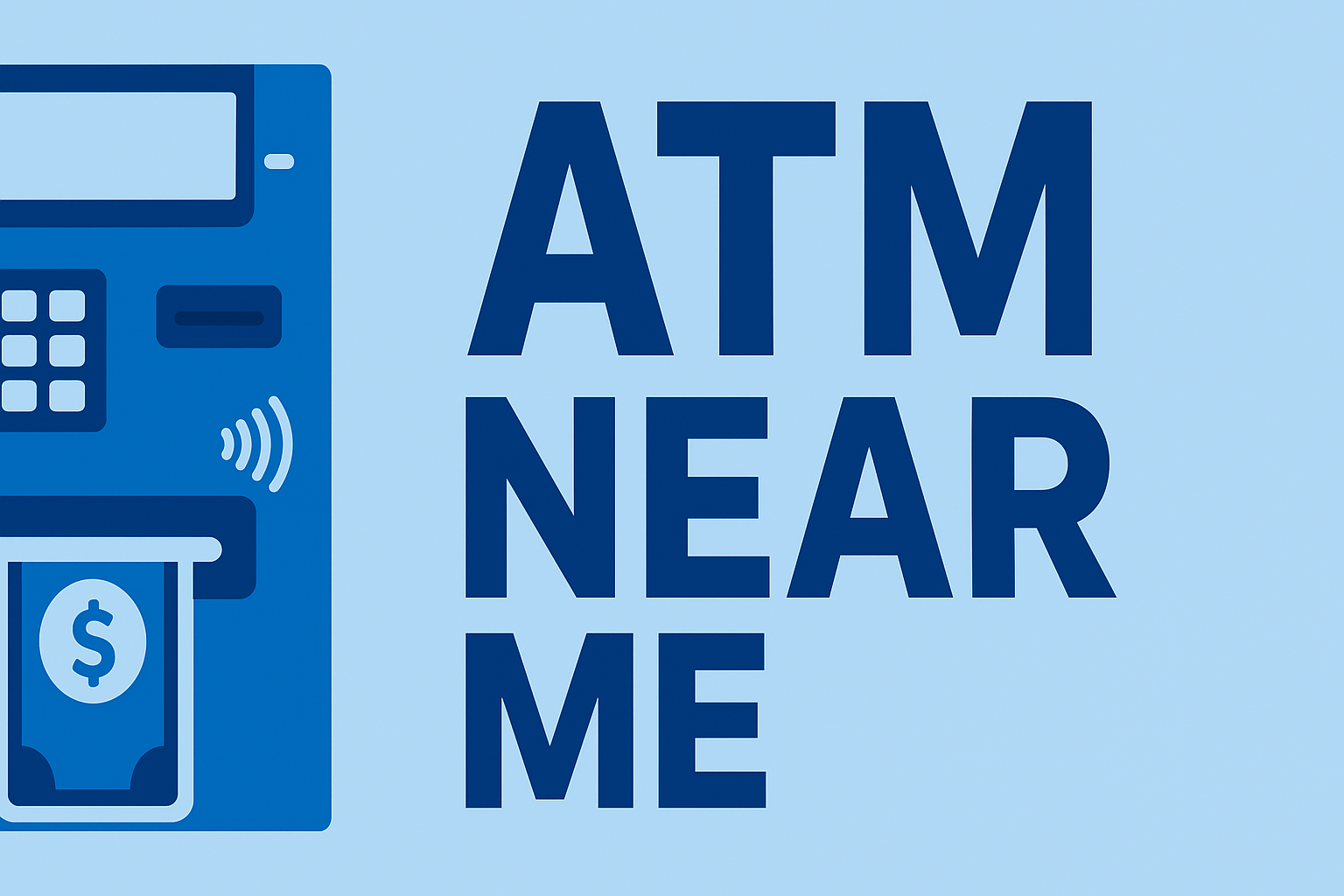Seeing an error message at the ATM can be frustrating, especially when you’re in a hurry. Most ATM problems—like card errors, deposit failures, or transaction declines—have quick fixes. This complete ATM troubleshooting guide explains what common errors mean, why they happen, and what steps you can take to resolve them.
Common ATM Problems and Quick Fixes
Here are the most frequent ATM issues customers experience and how to troubleshoot them before contacting your bank:
- Card Not Recognized or Read Error: Remove your card, wipe it clean, and reinsert it. If the issue persists, the magnetic stripe or chip may be damaged.
- “Cannot Process Transaction”: Check your balance or card network availability. This error can also appear during temporary outages. Learn what to do if this message appears.
- ATM Swallowed Your Card: Wait 30 seconds—some machines automatically return cards. If not, contact your bank immediately or visit the branch hosting the ATM.
- ATM Took Deposit but Didn’t Credit Account: Keep your receipt and report it to your bank. Most claims are resolved within a few days. Read how to report a stuck deposit.
- Incorrect Cash Dispensed: Record the time and location, and file a dispute. ATMs keep transaction logs and camera footage for verification.
- Card Declined or Limit Error: Verify your account balance or daily withdrawal cap. You may need to increase your limit temporarily. See how to raise your limit.
Most Common ATM Error Codes
ATM error codes vary by network and machine brand, but they typically indicate where the transaction failed—either on the bank’s end, your card’s side, or the ATM’s hardware. Below are some frequent examples:
| Error Code | Meaning | Solution |
|---|---|---|
| 121 | Transaction time-out or communication failure | Try again or use another ATM |
| 163 | Card issuer unavailable or processing delay | Wait a few minutes and retry |
| D0111 | Hardware error—cash dispenser jam or malfunction | Use another machine and report the issue |
| C0047 | Card reader malfunction or timeout | Reinsert card or try a different ATM |
| 3-DA001-10 | Transaction rejected by host bank | Check your balance or call customer support |
See the full ATM Error Code Directory for all known issues.
When to Contact Your Bank
- Your card was swallowed or retained by the machine
- You were charged but didn’t receive cash
- Your deposit didn’t post after 24–48 hours
- Multiple transactions were declined unexpectedly
- You suspect a security issue or card fraud
When contacting your bank, provide the following details for faster resolution:
- ATM location (address or ID number on screen)
- Exact date and time of the error
- Transaction amount attempted
- Screenshot or photo of the error (if available)
- Your receipt or reference number
Tips to Avoid ATM Errors
- Use ATMs located at your bank’s branches or trusted retail locations.
- Check your card’s magnetic stripe and chip for damage.
- Avoid using ATMs showing “Out of Service” or “Temporarily Offline” notices.
- Never force your card or bills into the machine.
- Always keep your receipts until transactions post successfully.
FAQs About ATM Troubleshooting
What should I do if an ATM doesn’t give me cash?
Keep your receipt and contact your bank immediately. Most errors are verified through ATM logs and refunded within a few days.
Why does the ATM say “transaction failed” but money was deducted?
Sometimes the ATM and your bank’s server lose connection mid-transaction. The system usually reverses these within 24 hours automatically.
Can an ATM error mean my card was hacked?
Not necessarily. Most ATM errors are mechanical or network-related, not fraudulent. Still, check your balance regularly for unauthorized charges.
How long does it take for ATM errors to be corrected?
Cash errors usually resolve within 5 business days. More complex disputes, like missing deposits, may take up to 10 days depending on your bank.
Key Takeaway
ATM errors can happen to anyone, but most are simple to fix. If an error code appears, note the message, keep your receipt, and try another ATM if needed. For serious issues—like missing cash or failed deposits—contact your bank immediately and reference your transaction details for faster resolution.
Learn more about common ATM error codes and what they mean.
Updated October 2025
